Event Reflection by Sophie Levy
“Israel Gradually Reopens Embassy in Jordan”
“A Dangerous Course Israel Should Avoid”
“Can Crazy Still Keep the Peace Between Israel and Iran?”
It seems the history of Israel only finds itself in politically-motivated headlines. Yet, I attended an event that presented Israel in a new, refreshing light: “From the Kibbutz to the City—70 years of Israeli Fashion.” Sponsored by American University Hillel and the Center for Israel Studies, the Show was directed by Israeli fashionista, Liraz Cohen Mordechai, and featured authentic Israeli garments between the years of 1909 and 2018.
Liraz, known by many as Liri, said she always enjoyed bringing Israel to college campuses but also had an unconditional love for fashion. She began giving lectures, telling the story of Israel through eras of clothes. One day, a student suggested she use models instead of mannequins; thus, the Israeli Fashion Show was born!
Lauren Goldstein, fashion blogger and graduating senior majoring in Foreign Language Communication Media organized the event along with Hillel staff. “I wanted to create a fun event that would bring people within and outside the Jewish and Israeli communities together in an interactive, fun way”, Lauren stated. Her event was more than a success, as it included 20 student-models from across the board: men, women, Jews, Non-Jews, Israeli experts, and even those who knew Israel only for its falafel.
As the event commenced, Liri explained that Israel is a country comprised of immigrants with their own identities, and therefore their own form of fashion. As Liri introduced each era of Israel, she told the story of its history through fashion.
1909: Fashion was Founded Before the Country Itself.
While Tel Aviv derived its style from Paris magazines, wearing three-piece suites and white dresses to exemplify their sun-kissed skin, the Kibbutz took a more “safari” approach. Perhaps my favorite story of the night was of a young woman named Miriyiam Zinger, the woman who refused to stand-in. The Kibbutz valued hard work, so their fashion was effortless, plain, and dirty, signifying their dedication to their craft. Miriyiam obeyed the rules…for the most part. She wore a red scarf around her head, refusing to be just like everyone else. Naturally, the Kibbutz complained and Miriyiam complied, trading in her red head scarf for bright, vibrant red pants! Miriyiam’s rebellion forced the Kibbutz to define their own style, and a Kibbutz prioritizing sameness led to unisex attire. In 1909, the first hint of gender equality appears with shorts for both men and women, for how could a woman dedicated to her work milk a cow in a dress?
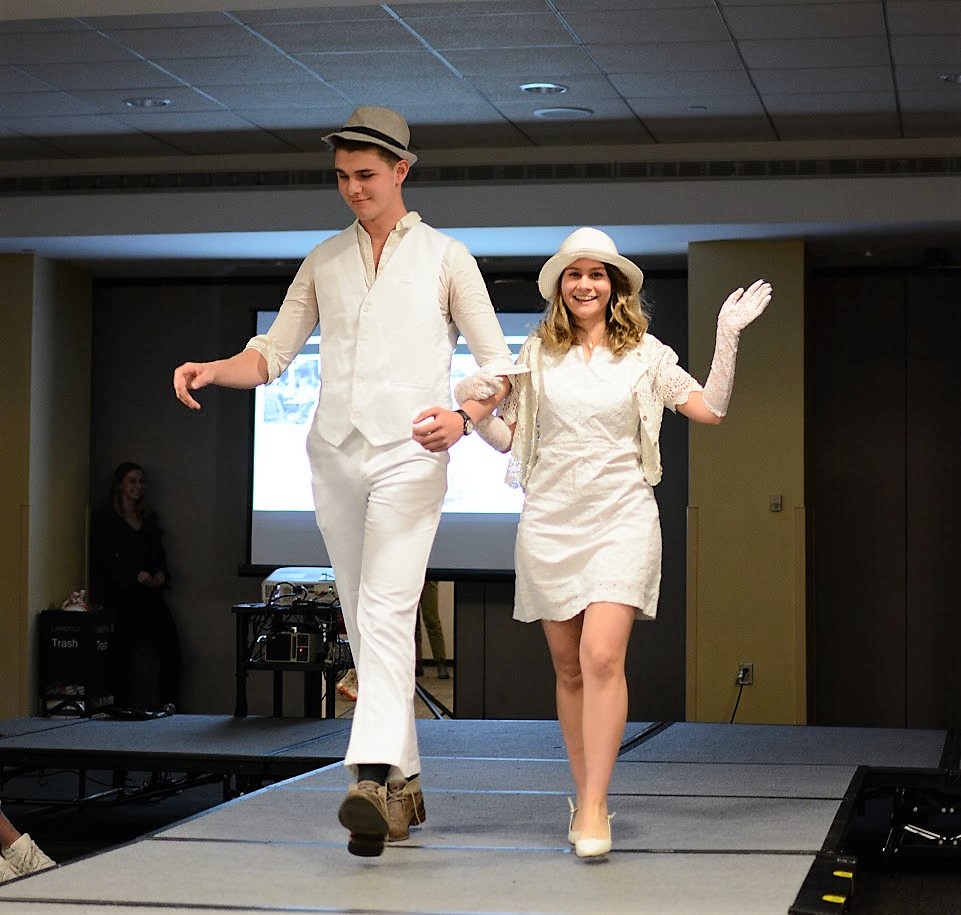
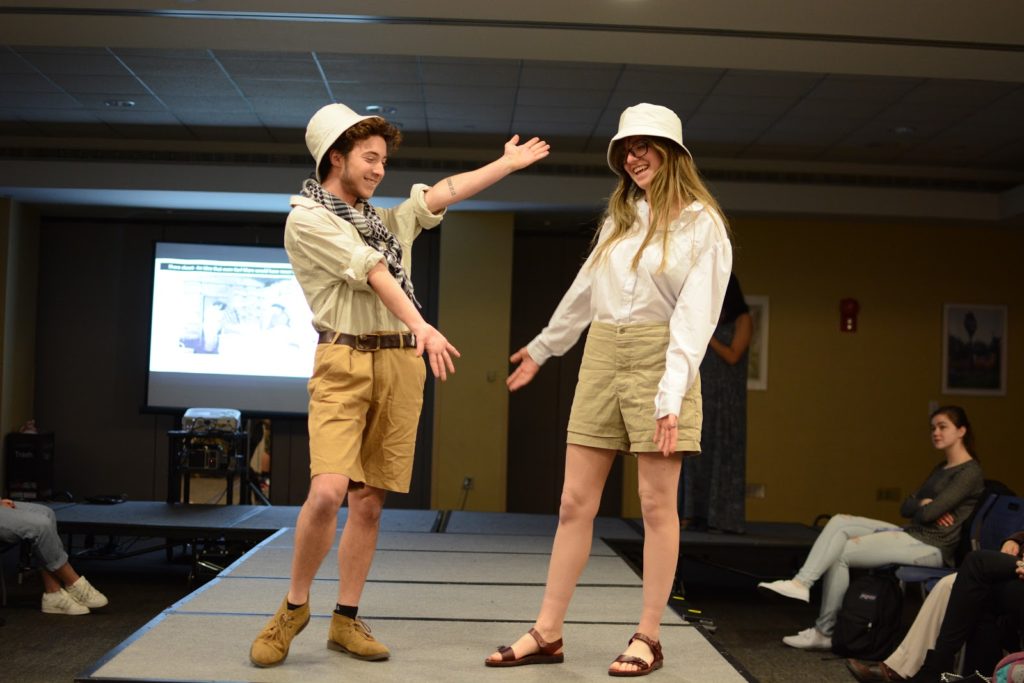
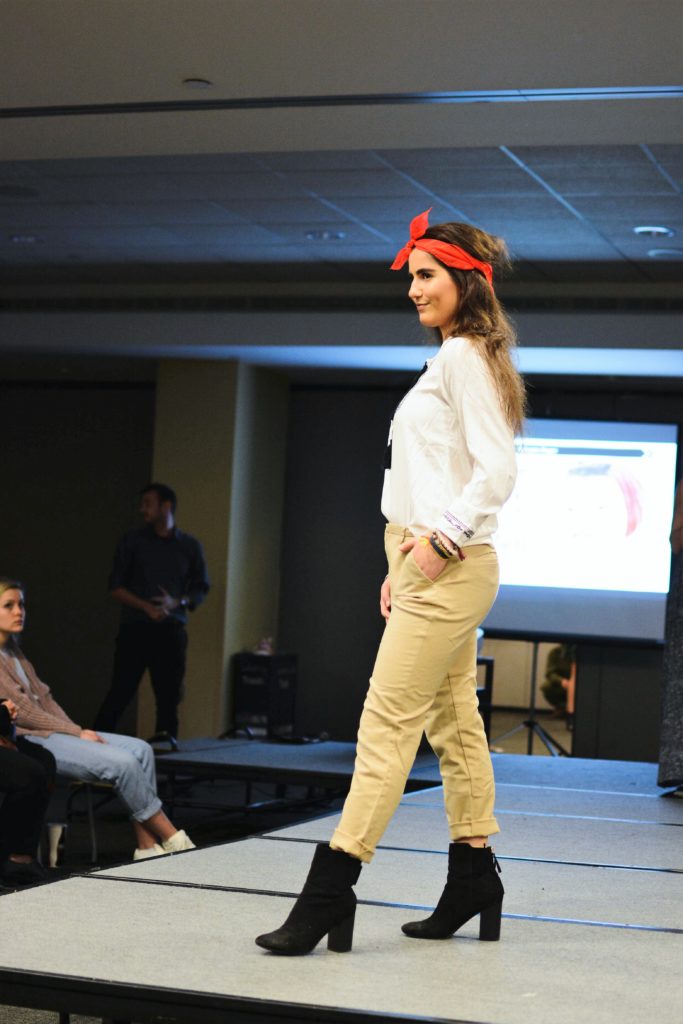
1948: The Establishment of Israel.
This was a bittersweet time for a newfound people trying to survive in poverty. The newly-established Israel created a point system to distribute currency, allocating each individual 85 points for fashion. Liri implied how little this could actually buy, so the people got creative; curtains were now the sleeves on shirts while dresses were fabricated from old blankets. As the point system developed, so did the fashion! Blue pants began to symbolize the working class while the oh-so-popular bucket hats became popular as easily washable sweat shields. As more immigrants entered at the time of independence, fashion traditions entered as well. I found the Yemeni women to have the most interesting fashion trend. Yemeni women wore gold coins fastened to their dresses; this trend derived from the Yemeni tradition of marriage. At the time of her marriage, a woman was given gold coins so she may support herself in the unlikely case that she finds herself without her husband. In order to secure the safety of her precious coins, she attached them to her garments as if they were a second skin.
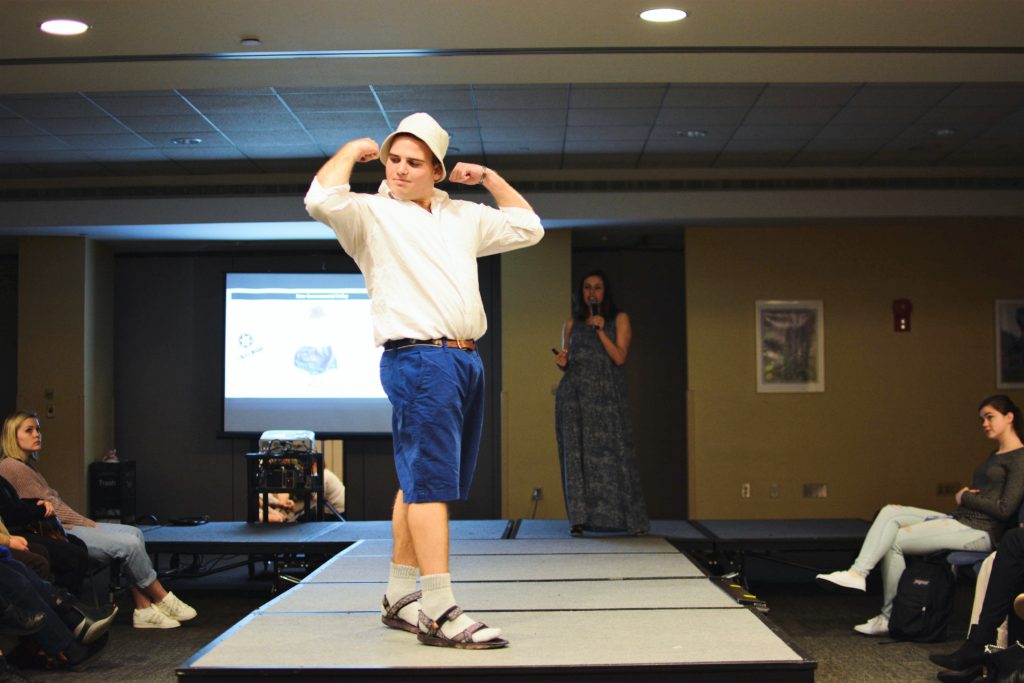
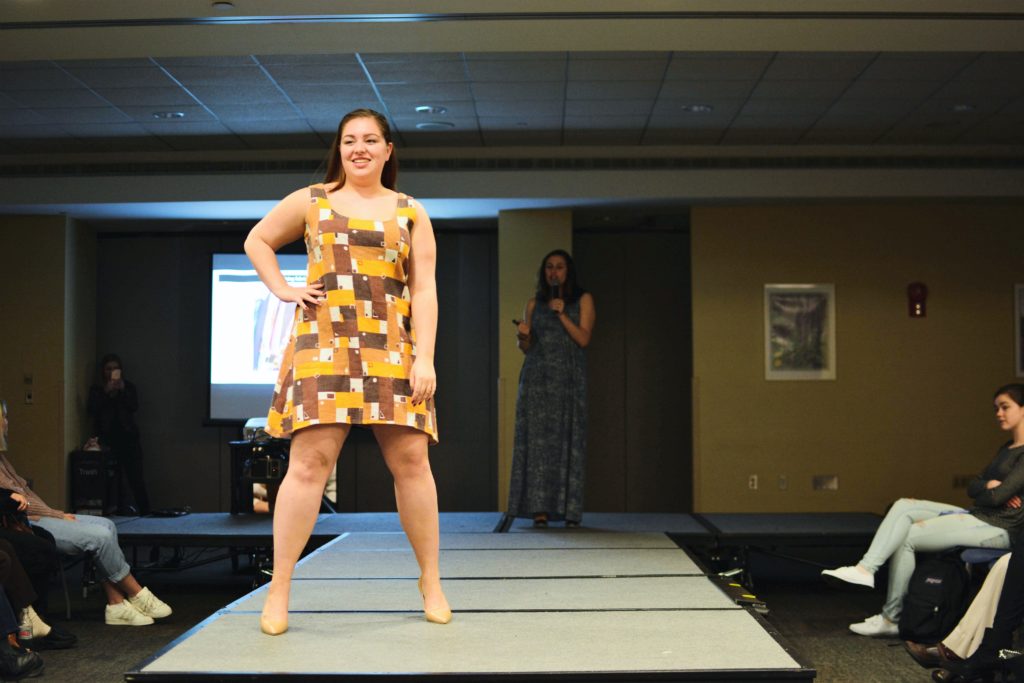
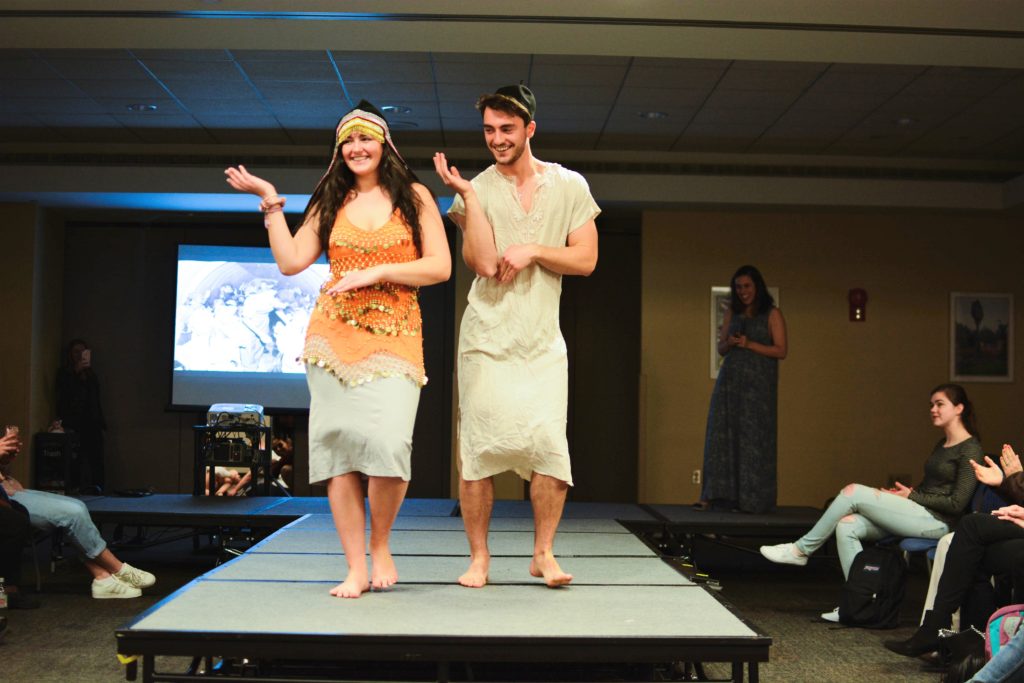
1967: A War-Torn Country.
Unlike the groovy style of the United States in the 60s, Israel found itself inflicted by war. Thus, the “military” trend was born. Soldiers coming from the battlefield were beloved by all, and this attention incentivized soldiers to wear a military dress as an everyday style. Additionally, more Israeli resources and materials were utilized for the creation of clothes, and Israel began to develop its own fashion sense. Best of all, an Israeli model was featured on the cover of Vogue magazine immediately after the Six-Day War, one of only three foreign countries to be featured at the time. This was not only a fashion statement but an announcement to the world that Israel was here to stay.
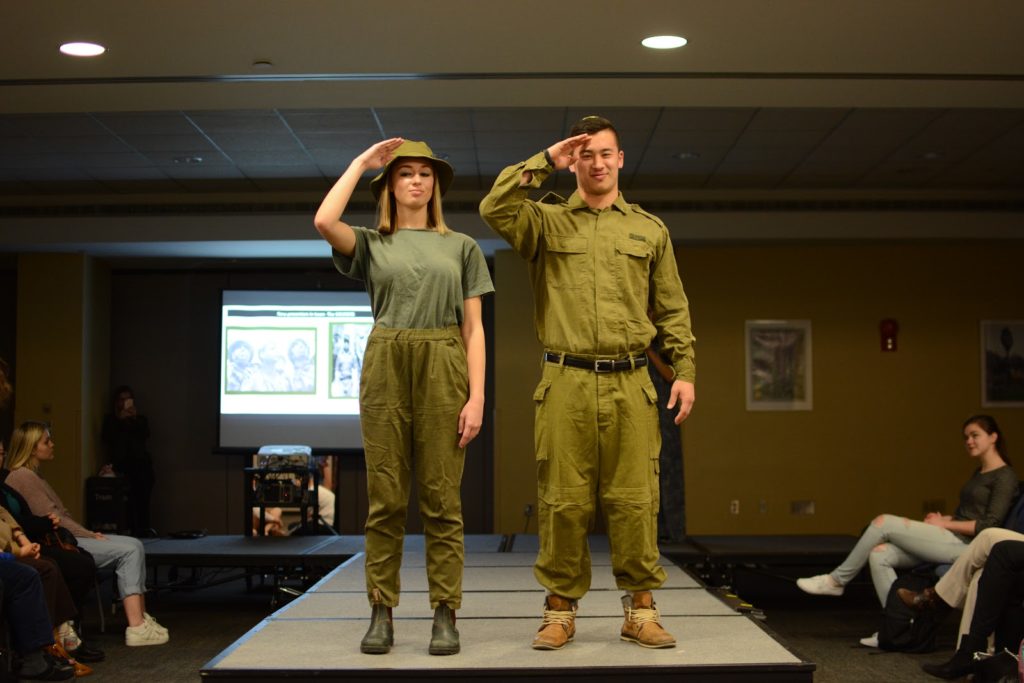
2018: from “Tradition!” to Individualism.
There’s no doubt Israel has its fair share of history, but as the country steps into the 21st century, it leaves behind old fashion faux pas. “Start-up Nation” is more than an economic miracle, but a limitless hub for fashion! Israeli fashion now ranges from diverse color and pattern combinations to classy business casual. Israeli designers are now dressing some of the most recognized celebrities, such as Miley Cyrus, Selena Gomez, and the Kardashians. As the industry continues to expand beyond the conventional, Israelis are developing their own individual style.



This event left me feeling pleasantly hopeful. With all of the news in today’s political climate, I often worry that Israel’s “magic” is outshined by its chaos. While the chaos must be recognized and addressed, let’s not forget the rich culture and experiences formed in this new, yet history-rich, country we call Israel. I leave you with this “headline” by Mark Twain. May it remind you of the unrecognized importance of a little fabric and a few stitches:
“Throughout history, fashion has greatly influenced
the “fabric” of societies all over the world…
for naked people have no influence on society.”
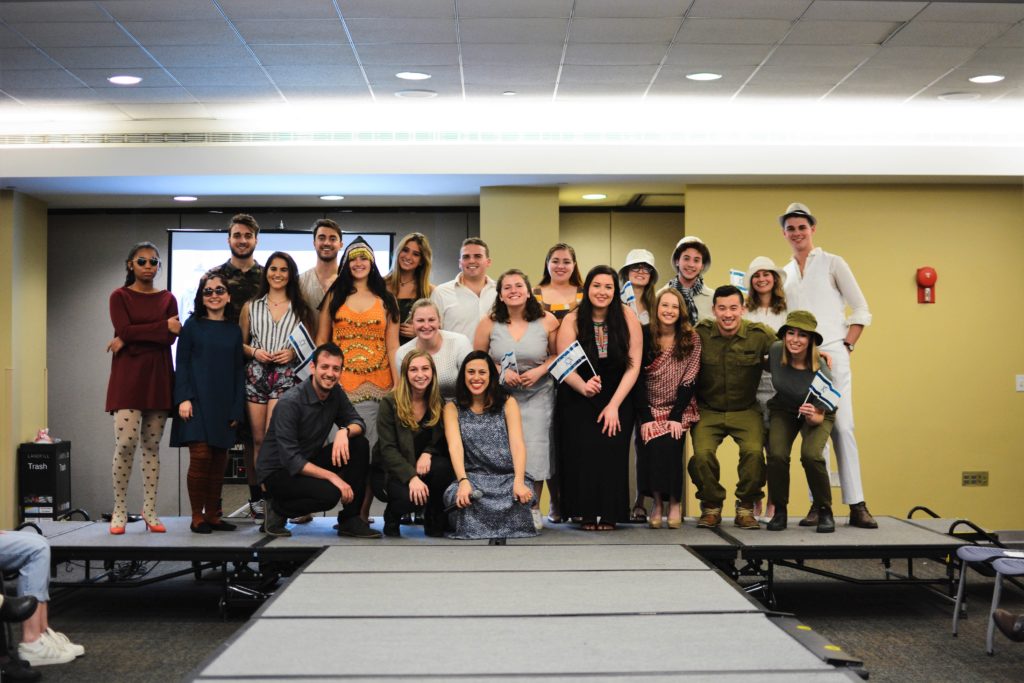
Lauren Goldstein: American University Student and fashion blogger.
Fashion and Fernweh (www.fashionandfernweh.com)
Liraz Cohen Mordechai: fashionista, educator, and creator of Fashionatingbyliri
Fashionatingbyliri.com
Insta- @fashionating_by_liri
Sophie Levy
Sophie Levy is a sophomore intern for the Center for Israel Studies and co-manager of Student Israelity. She is from Memphis, Tennessee and an International Relations and Economics major with a focus in the Middle East and Arabic language. Her passions lie in peace negotiation, refugee empowerment, and interfaith, intercultural, and interpersonal dialogue in the Middle East.



